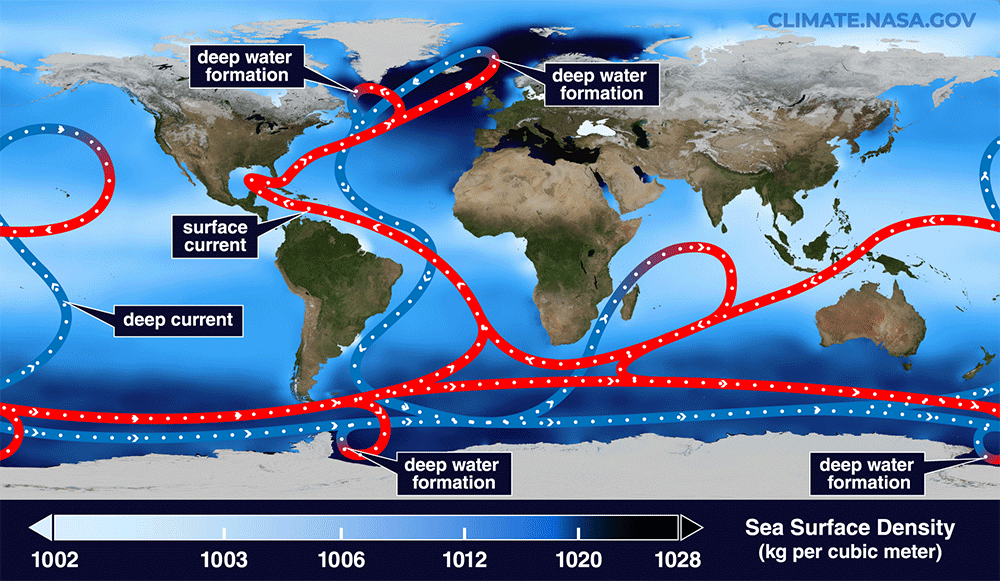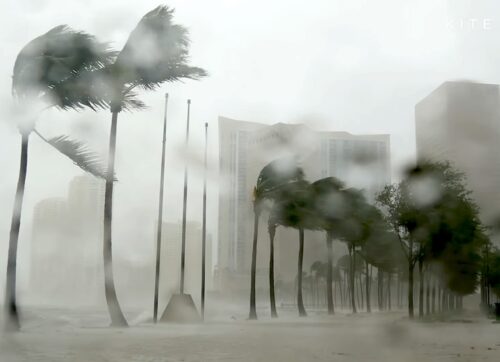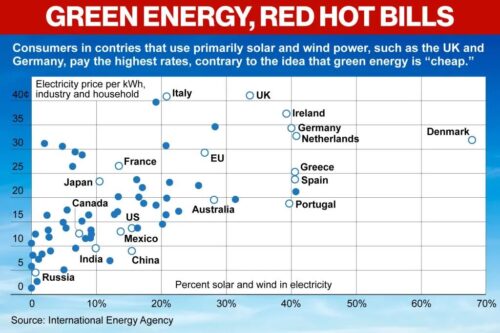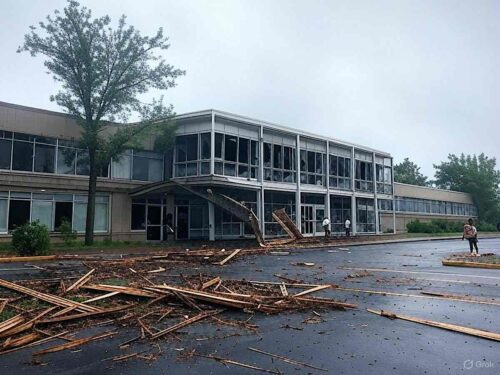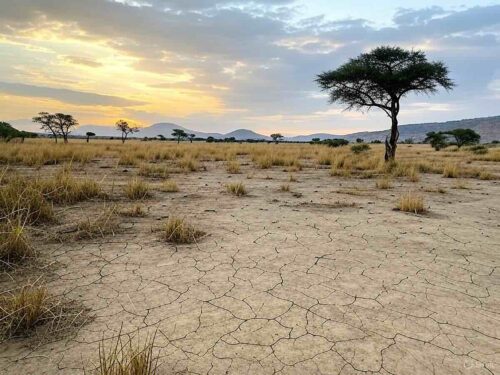by K. Richard, May 28, 2025 in ClimateChangeDispatch
A new evidence-based study provides compelling evidence that for decades, the IPCC has been engaged in “advocacy research,” or the “antiscientific practice of undertaking research designed to support a given hypothesis.” [emphasis, links added]
The IPCC favored climate model parameters used to support the narrative that climate change is primarily caused by humans burning fossil fuels (referred to as the Anthro models in the study).
[It is] so fraught with errors that even a stripped-down benchmark model that merely projects future temperatures will not deviate from the historical average, overwhelmingly outperforming the IPCC’s modeling.
“The IPCC’s models of anthropogenic climate change lack predictive validity. The IPCC models’ forecast errors were greater for most estimation samples – often many times greater – than those from a benchmark model that simply predicts that future years’ temperatures will be the same as the historical median.”
The IPCC’s Anthro models, which hypothesize that (primarily) CO2 will foment dangerous global warming over the coming decades, woefully overestimated the warming from 1970-2019 by anywhere from 1.8°C [3.2°F] to 2.5°C [4.5°F].
“The errors of forecasts from the anthropogenic models for the era of concern over man-made global warming, starting in 1970, were 1.8°C (AVL), 1.7°C (AVSL), 2.3°C (AVR), and 2.5°C (AVSR) warmer than the measured temperatures.”
Over the 2000 to 2019 period, the Anthro models’ forecast errors were a staggering 16 times greater than the simple benchmark model’s errors.
“…forecasts for the years 2000 to 2019 from models estimated with 50 observations of historical data (1850 to 1899) have MdAEs [median absolute errors] of around 17°C or 1,600 percent greater than the 1°C MdAE of forecasts from the naïve benchmark model.”
In contrast, the authors found the models that centered on Total Solar Irradiance (TSI) as a climate change factor did indeed have predictive validity, and their error ranges were much smaller.
Considering the magnitude of the error in using CO2 emissions as a basis for climate forecasts, the authors conclude the Anthro models’ unreliability “would appear to void policy relevance.”
…

